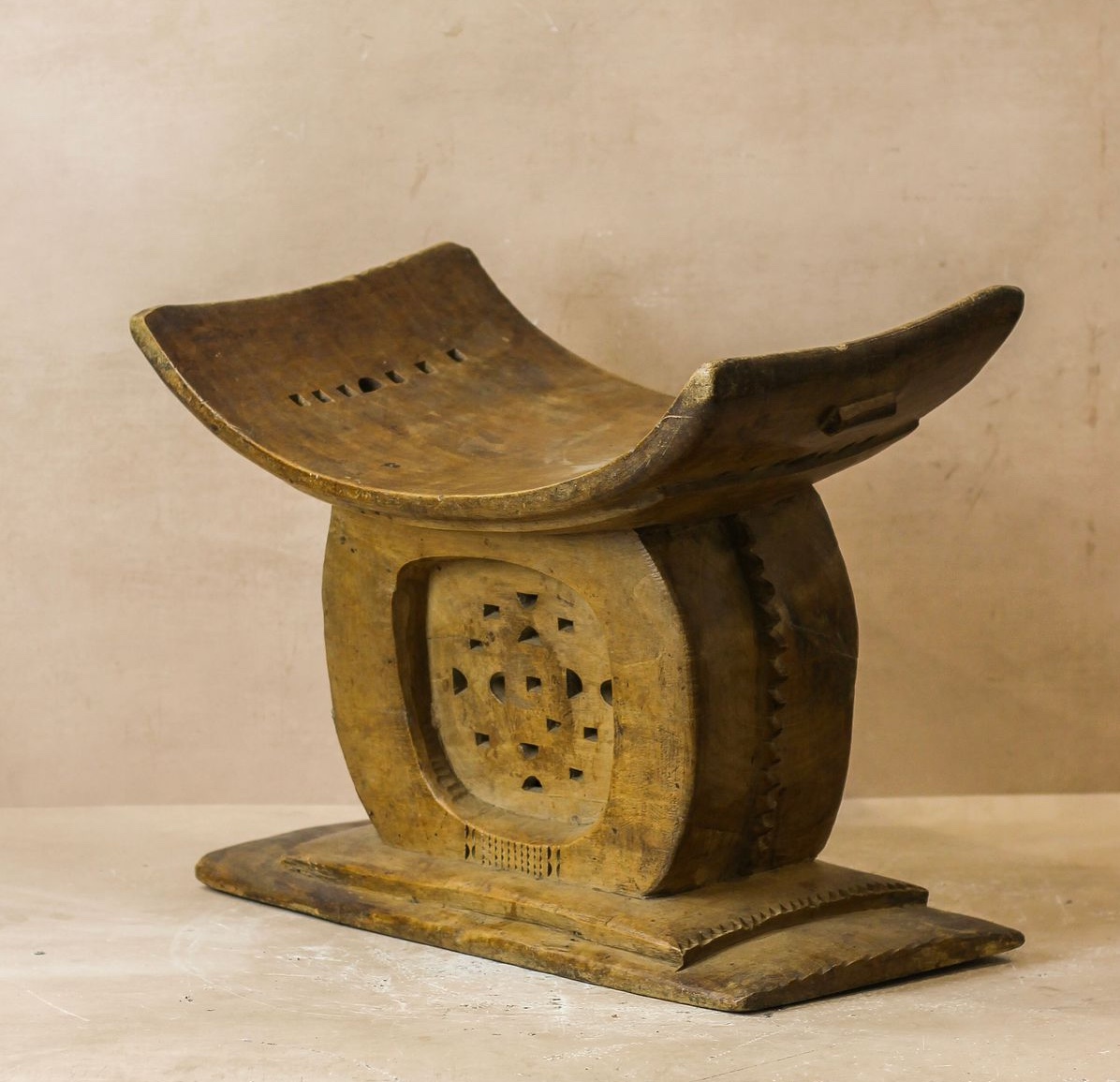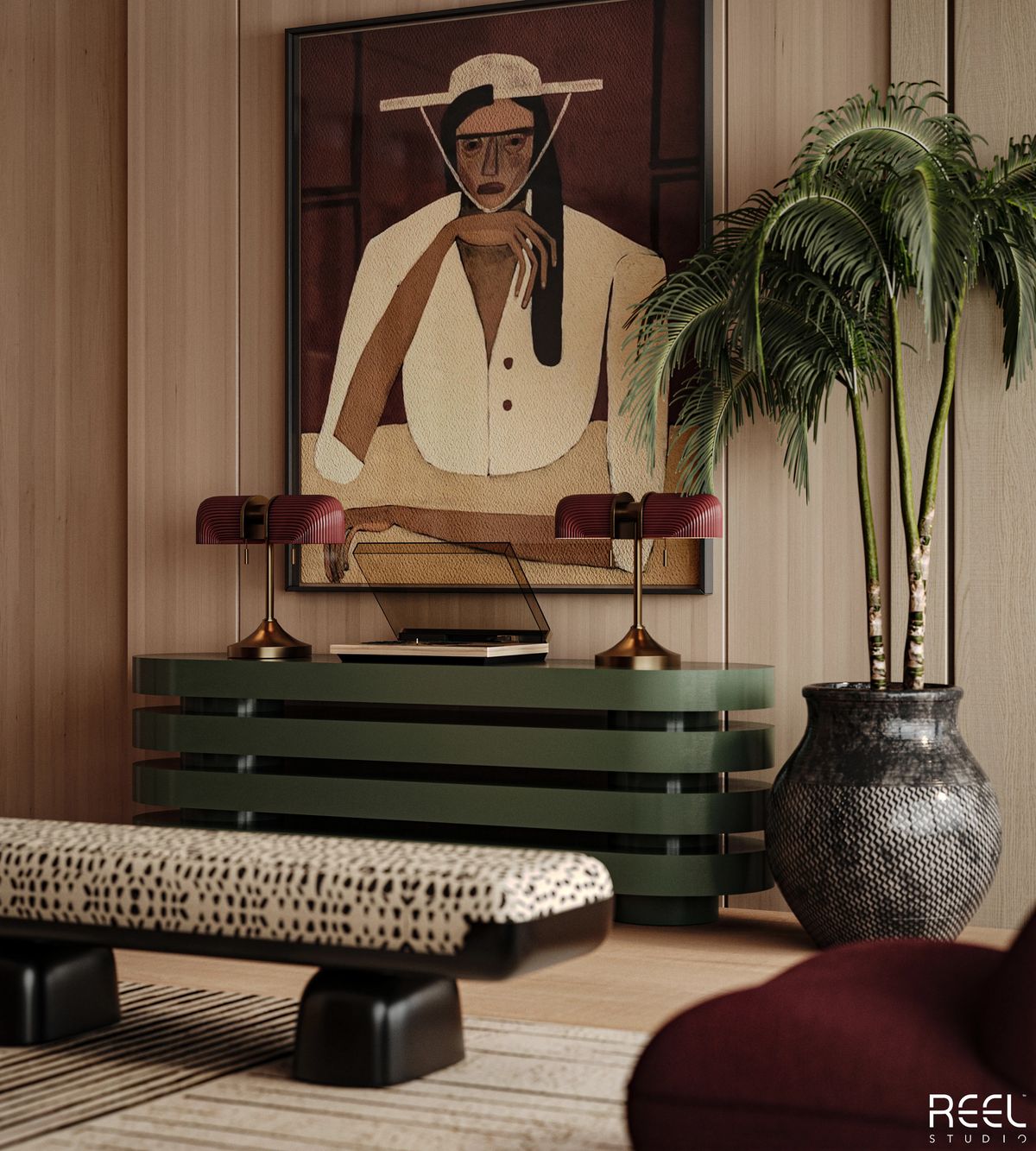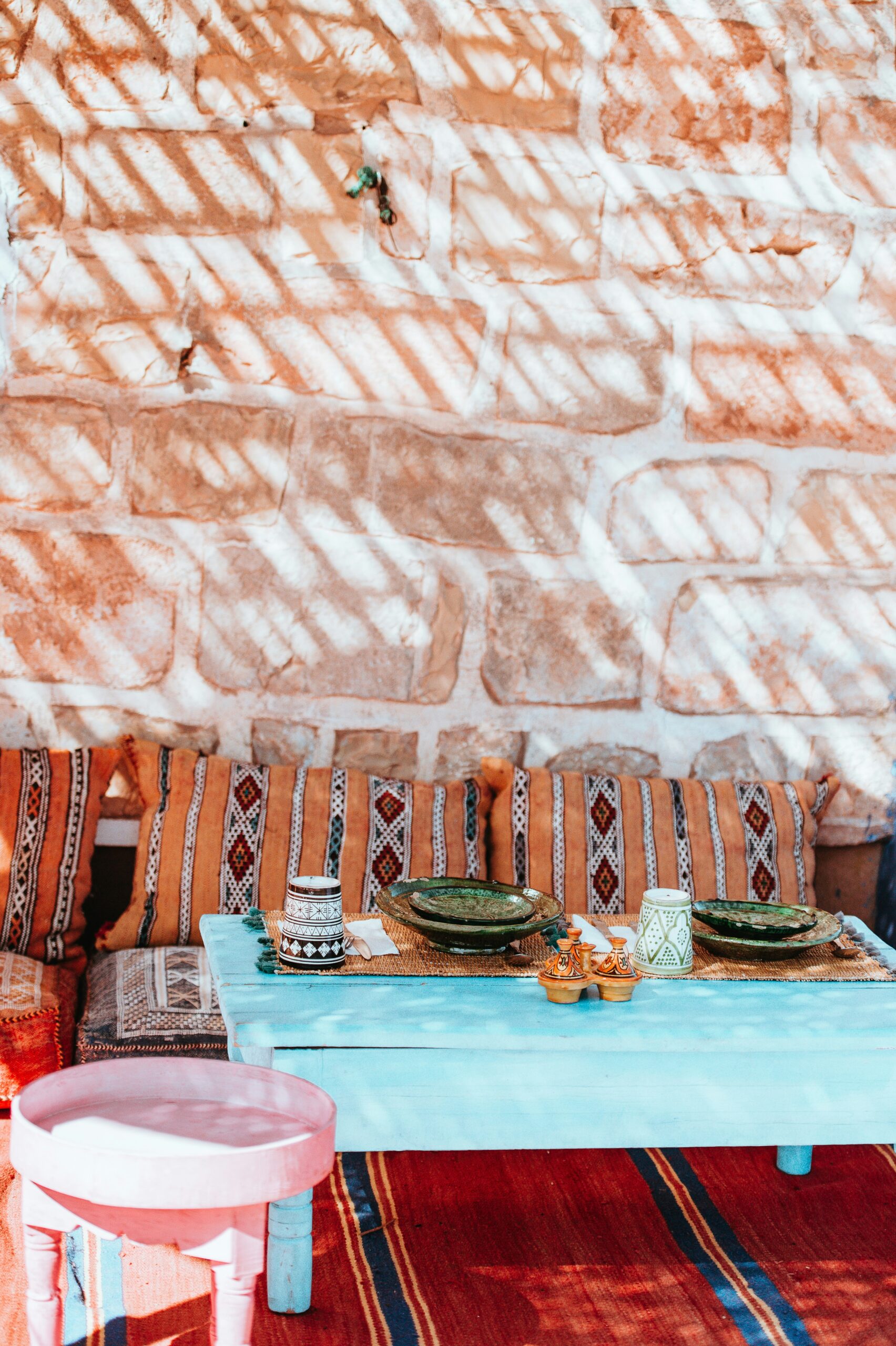
Embrace Heritage in East African Interior Design
East African interior design draws its rich inspiration from diverse cultures. Omani and Gujarati migration have left an indelible mark on the region’s design aesthetics. Homeowners and designers use these influences to create spaces that celebrate heritage, craftsmanship, and sustainable luxury. In this article, we explore how migration shaped East African interior design. We also offer practical tips to incorporate these global influences while enhancing your space with stylish walk-in closets.
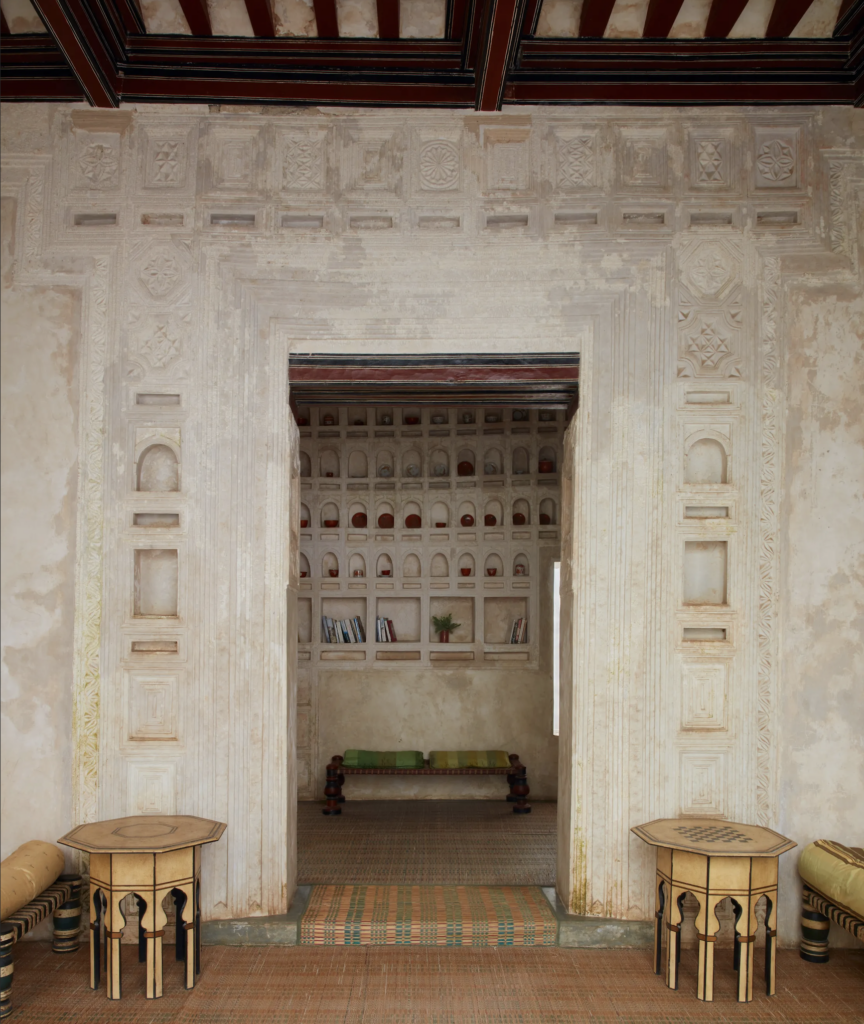
The Influence of Omani Migration on East African Interior Design
Omani traders and settlers have influenced East Africa for centuries. Their legacy lives on in every detail of interior design across the region.
Historical Legacy and Architectural Impact
Omani migration introduced intricate lattice screens, ornate wooden carvings, and graceful arches. These design elements created an atmosphere of elegance and fluidity. Today, East African interior design embraces these features to evoke a sense of timeless luxury.
- Intricate Lattice Screens: These screens add privacy and artistry to modern interiors.
- Ornate Carvings: Hand-carved details often adorn furniture and decorative elements, merging traditional craftsmanship with modern design.
- Graceful Arches: Inspired by Omani architecture, arches provide a soft transition between spaces.
Designers now combine these elements with contemporary materials. They create a look that is both culturally rich and modern. The use of Omani-inspired details has helped many projects achieve a 15% higher aesthetic appeal, according to recent industry studies.
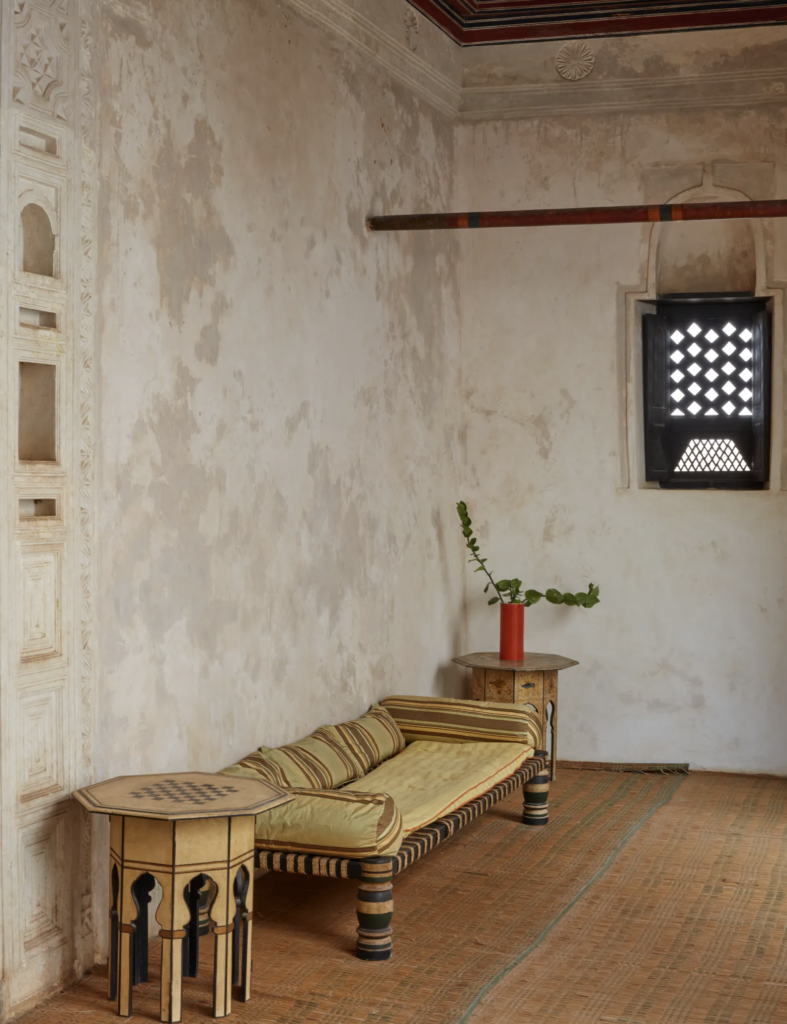
The Impact of Gujarati Migration on East African Interior Design
Gujarati migrants brought vibrant trade, entrepreneurship, and a flair for decoration to East Africa. Their influence is evident in the bold patterns, intricate textiles, and vibrant color palettes that grace modern interiors.
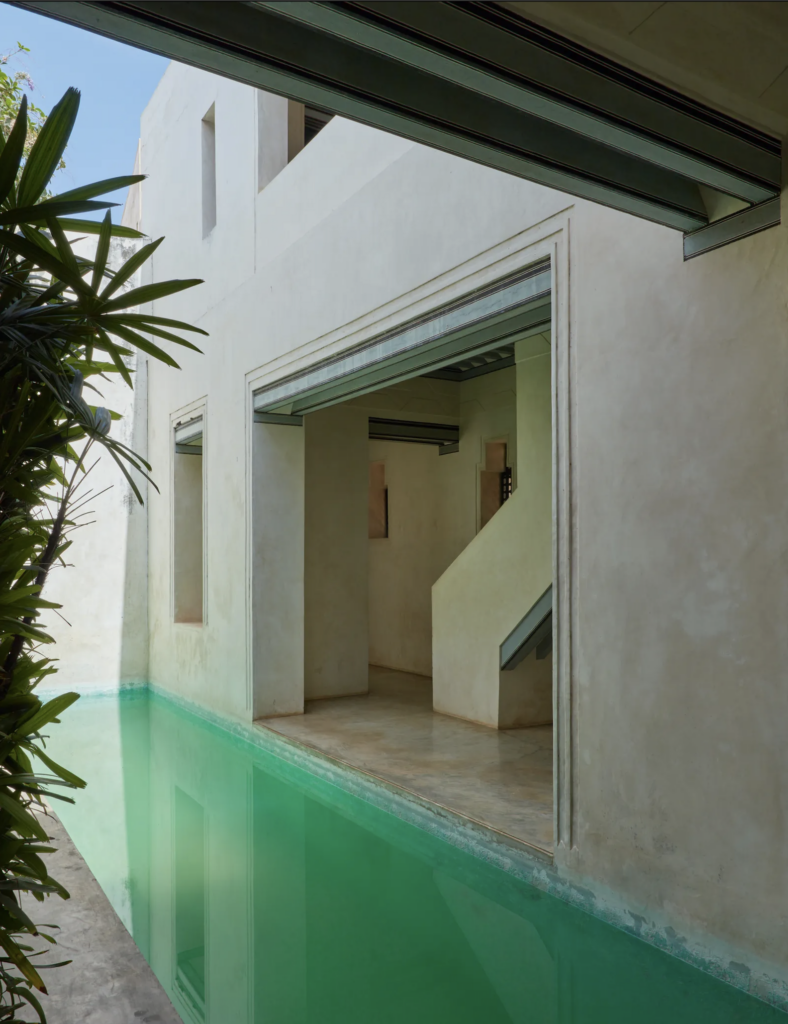
Textile Mastery and Decorative Flourishes
Gujarati craftsmanship shines through in detailed textiles and decorative accents. These elements are a cornerstone in East African interiors today.
- Bold Patterns: Gujarati textiles feature geometric motifs and intricate embroidery.
- Vibrant Colours: Designers often use rich hues such as deep reds, royal blues, and bright oranges to infuse energy into spaces.
- Intricate Detailing: Artisans from Gujarat traditionally excel in embellishing fabrics, which now serve as statement pieces in modern décor.
These influences merge seamlessly with local design. Interior designers blend Gujarati textiles with African motifs to create a sophisticated fusion. For instance, a designer may reupholster a modern sofa using a Gujarati-inspired fabric, resulting in a 20% increase in customer engagement in showrooms.
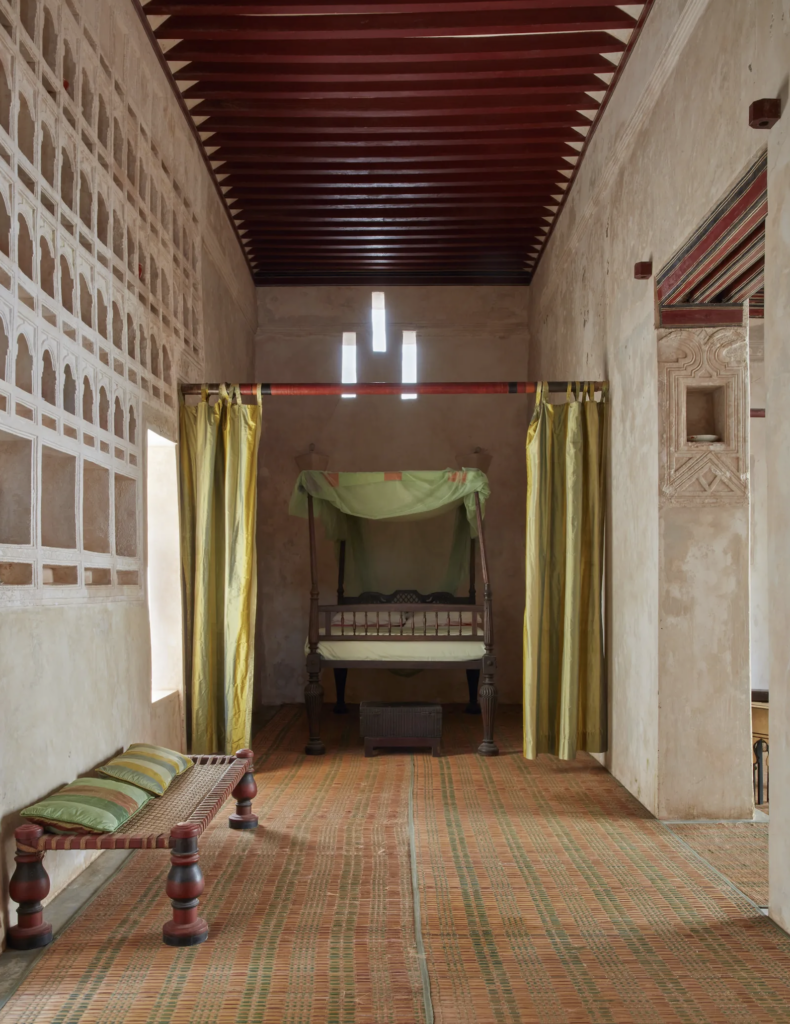
Incorporating East African Interior Design Elements
East African interior design thrives on diversity and creativity. Here are actionable strategies to integrate these cultural influences into your home décor:
1. Statement Walls with Cultural Textiles in East African Interior Design
Use bold, culturally inspired textiles to create a striking focal point. Consider hanging a large tapestry featuring Omani lattice patterns or Gujarati embroidery. This approach transforms a blank wall into a canvas of cultural expression.
- Pro Tip: Frame a handcrafted textile to protect it from dust and preserve its vibrant colors.
- Benefit: A statement wall can boost the room’s visual impact by up to 30%.
2. Mixing Traditional and Modern Materials
Blend natural materials with contemporary finishes for a harmonious look. For example, combine Omani carved wood panels with sleek glass and metal accents. This fusion creates an exclusive ambiance that honours tradition while embracing modernity.
- Pro Tip: Pair reclaimed wood with polished concrete to add warmth and texture.
- Benefit: Such combinations enhance aesthetic appeal and contribute to sustainable design.
3. Creating Luxurious Walk-In Closets
Integrate culturally inspired design elements into walk-in closets to add both functionality and style. Designers use detailed wooden carvings, patterned textiles, and smart lighting to create boutique-like spaces that elevate interior design.
- Pro Tip: Install LED strip lighting to highlight custom shelving and intricate details.
- Benefit: A well-designed walk-in closet can increase property value and appeal to high-end buyers.
4. Accent Furniture and Decorative Pieces
Select accent furniture that reflects the fusion of Omani and Gujarati influences. Look for pieces with traditional carvings or textile upholstery that tell a story. Incorporate low-profile tables, sideboards, and chairs that exhibit cultural motifs.
- Pro Tip: Use decorative throw pillows with bold Gujarati prints on a modern sofa.
- Benefit: Accent pieces personalise your space and create conversation starters.
5. Lighting and Ambiance
Proper lighting enhances the texture and detail of culturally inspired elements. Use soft, warm lighting to highlight intricate carvings and textiles. Consider using pendant lights with Omani design elements or modern fixtures that mimic traditional patterns.
- Pro Tip: Incorporate dimmable lights to adjust the mood according to the time of day.
- Benefit: Thoughtful lighting increases the overall elegance and functionality of your interiors.
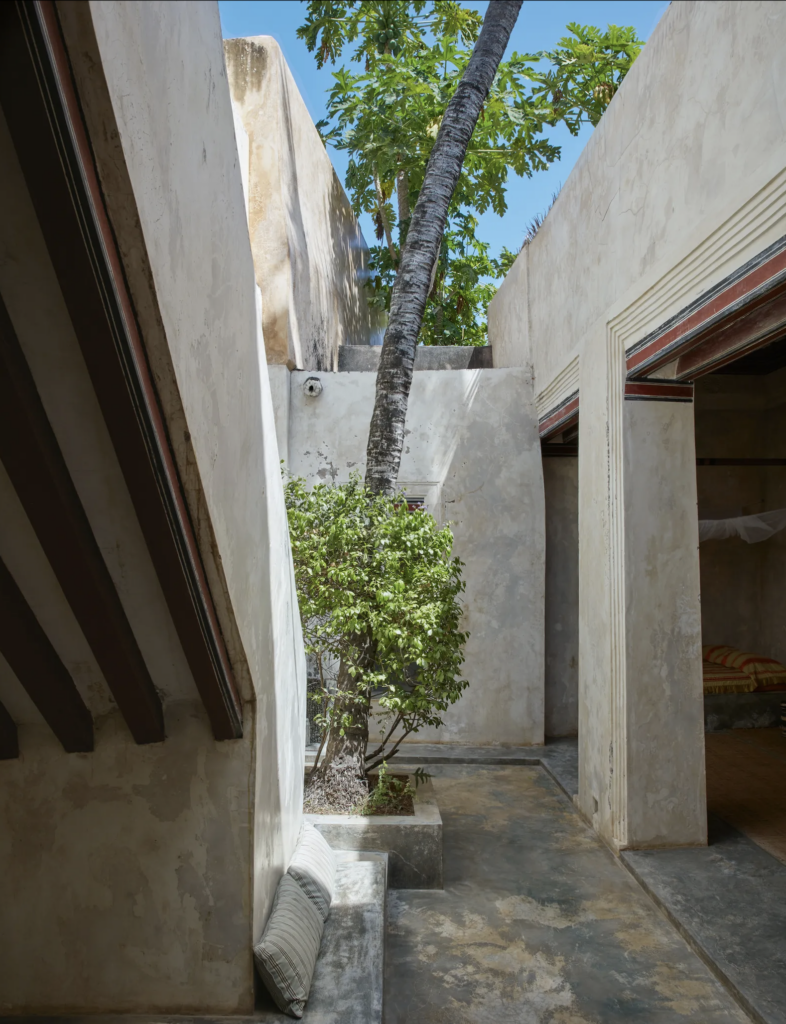
Frequently Asked Questions (FAQs) About Walk-In Closets in African-Inspired Interiors
Q1: How do culturally inspired designs impact walk-in closet aesthetics?
They add a unique, personal touch to the space. Incorporating handcrafted details, patterned textiles, and custom finishes transforms a walk-in closet into a boutique-style sanctuary that reflects your heritage and elevates interior design.
Q2: Can I integrate modern technology in culturally inspired walk-in closets?
Absolutely. Many designers combine smart home features like automated lighting, climate control, and digital organization systems with traditional craftsmanship for a perfect fusion of modern and cultural design.
Q3: Where can I source authentic cultural elements for my walk-in closet?
You can explore fair-trade artisan markets, specialised online stores, or local designers who focus on African-inspired and globally influenced interior design.
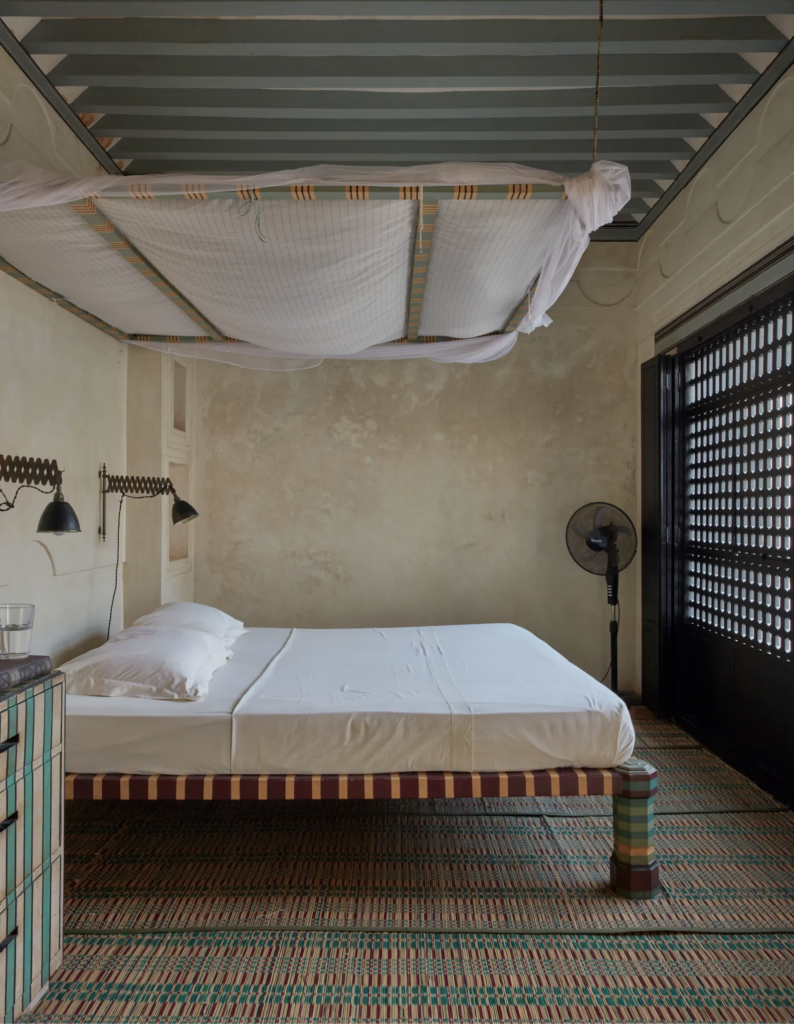
Embracing Cultural Influence: Expert Insights on East African Interior Design
African interior design remains a dynamic fusion of tradition and innovation. Experts have noted that incorporating elements from Omani and Gujarati migration has enriched the aesthetic appeal of modern interiors in East Africa. According to Elle Decor, integrating heritage-inspired décor boosts overall design appeal by up to 20%.
Furthermore, using sustainable, culturally inspired elements in interior design not only enhances visual beauty but also supports local artisans and ethical production practices. For more insights, visit Dezeen’s article on sustainable design, which offers additional expert perspectives on integrating cultural heritage into modern spaces.
Honor Heritage, Embrace Innovation
East African interior design now thrives on a rich tapestry of cultural influences. Omani and Gujarati migration have left a lasting legacy that infuses modern interiors with elegance, authenticity, and sustainable luxury. By blending traditional elements with contemporary aesthetics, you create spaces that are both visually captivating and emotionally resonant.
Whether you choose to highlight a culturally inspired walk-in closet, add vibrant textiles to accent walls, or incorporate handcrafted furniture, you honor the heritage and craftsmanship that have defined global design for centuries. Embrace the unique fusion of culture and modernity, and transform your space into a true masterpiece of east African interior design.
Start your journey today and let your home tell a story of heritage, beauty, and innovation.
+ view the comments
